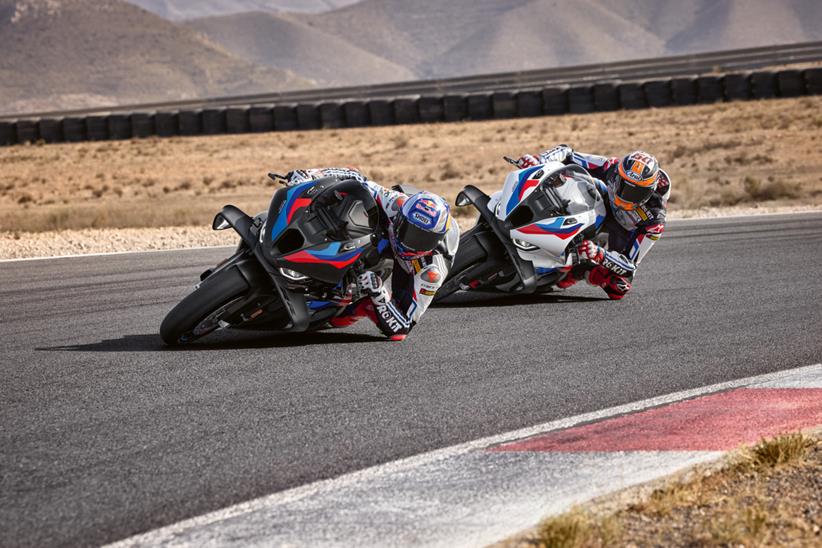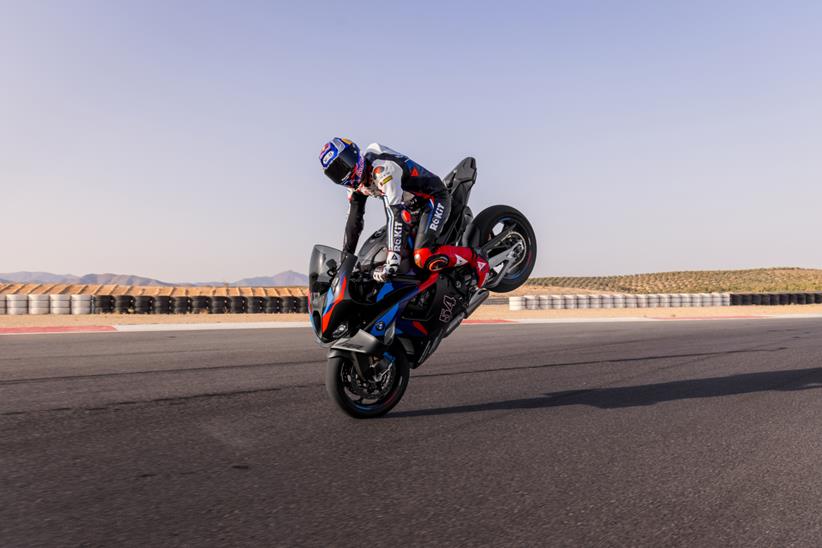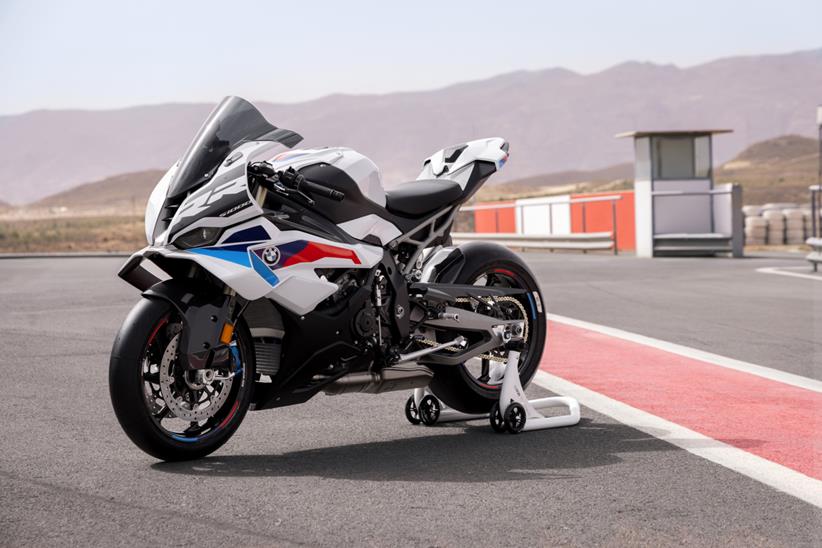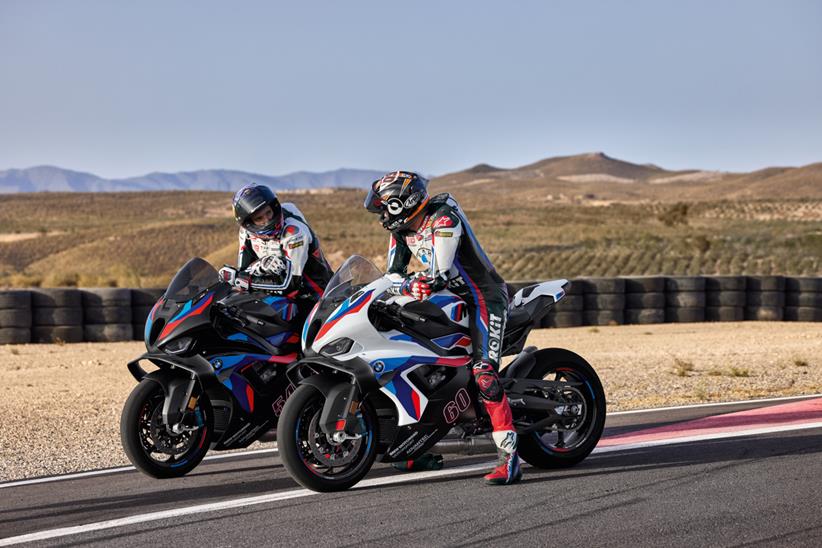Wing it! BMW reveal host of high performance updates for their flagship S1000RR and M1000RR models
BMW have unleashed a flurry of updates for their 2025 four-cylinder superbike lineup, with both the S1000RR and M1000RR benefitting from mechanical and cosmetic updates in a bid to stay ahead of the exotic competition.
Just weeks on from clinching their first ever World Superbike title with Toprak Razgatlıoğlu, the German powerhouse have confirmed a multitude of changes across the fleet – with revised aerodynamics, a bump up in electronics, and even more power for the M model in a bid to retain that WSBK crown.
Six additional brake horse power have been extracted from the M1000RR’s 999cc four-cylinder motor, bringing the total to a claimed 215bhp in a bid to keep Nicolo Bulega’s Ducati Panigale V4R at bay.
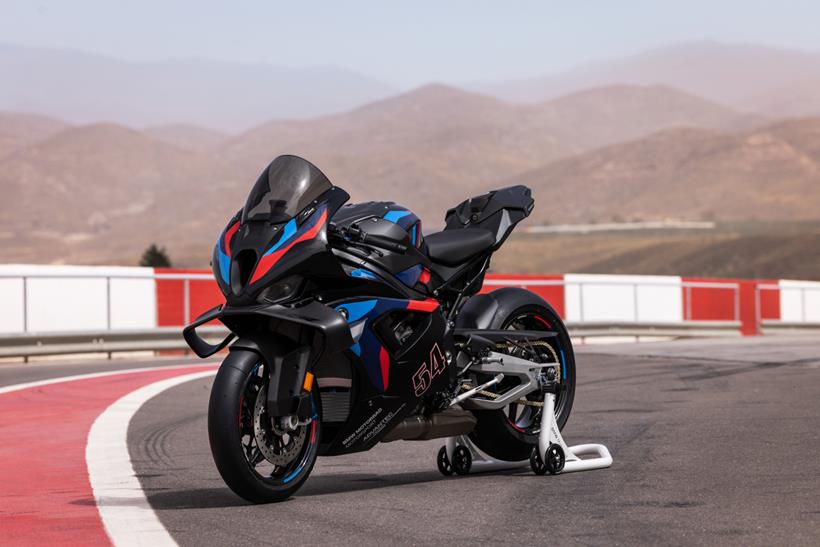
These gains have been achieved via newly designed full-shaft titanium valves, an increase in compression ratio to 14.5:1 (previously 13.5:1), new oval-shaped intake and exhaust ports, adapted airbox geometry, as well as a modified combustion chamber shape, larger throttle valves, and an adapted titanium exhaust to suit changes to the header ports.
Updated aero
It isn’t just straight-line poke that BMW has worked on either, and the M model superbike gets a host of aerodynamic and electrical changes, as well as subtly altered frame stiffness to optimise handling characteristics.
The new fairing design now sports a huge set of third-generation carbon fibre winglets – capable of generating a claimed 30kg of downforce at 186mph without compromising the 195mph top speed. These work both during upright riding and whilst banked over, which BMW say will increase front wheel grip during high-speed cornering.
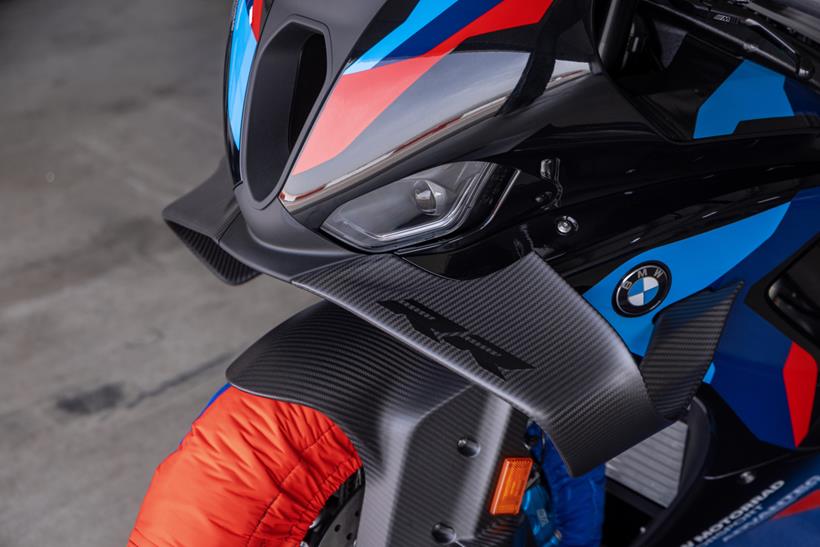
As well as making the bike faster, there are a host of changes intended to help keep the 194kg machine upright, including slide control, which is now built into the traction control system as standard.
Fed information via a six-axis IMU, steering angle sensor, and wheel speed sensors, this new slide control function can work out the ‘drift angle’ during a given corner and modulate power delivery accordingly – factoring in rear tyre characteristics and road conditions.
The slide control feature is split between two preset levels, allowing riders to meter their intervention based on their skill level and environmental conditions.
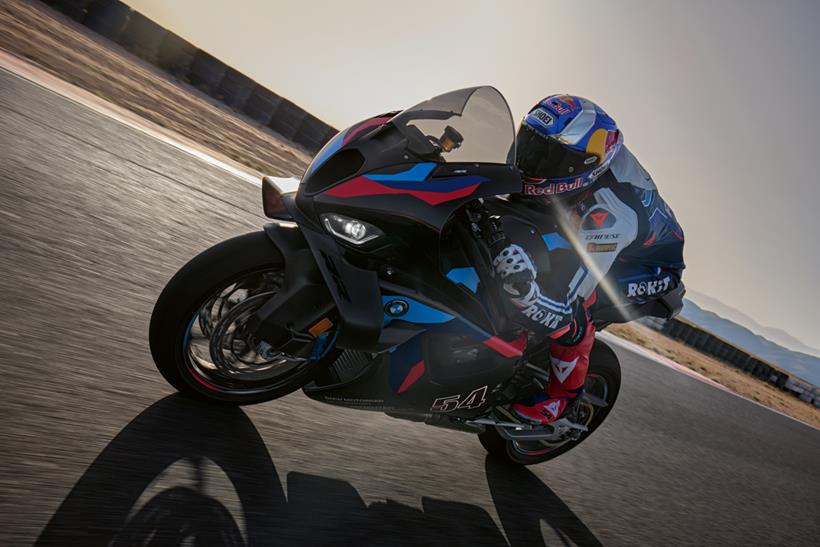
Rounding out the changes is the adoption of BMW’s ‘M short-stroke throttle’ (also used on the new S1000RR), which reduces the rotation angle from closed to fully open by 14 degrees for faster acceleration.
Those wanting one will need to wait until April 2025, when BMW will charge you a hefty £32,850 for the pleasure.
Sibling rivalry
BMW’s other 2025 offering is the slightly more sedate S1000RR, which doesn’t receive any power gains. Instead it retains the same 207bhp as last year’s model – which should be just fine for anybody, really.
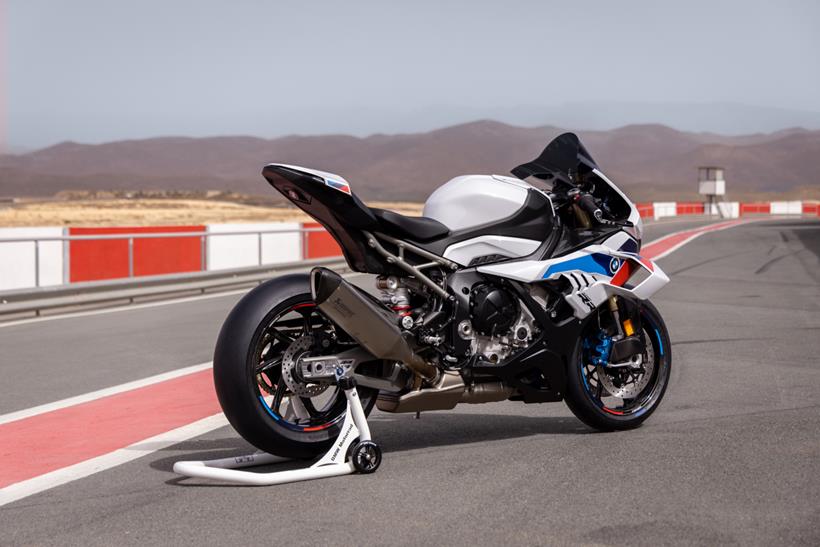
Like its more powerful sibling, the S-badged superbike sports new winglets for increased downforce (up by 6kg from last year to 23.1kg at 186mph) and a front wheel cover that integrates brake ducts to aid cooling airflow through the twin 320mm front discs and four-piston calipers.
The side fairings have also been redesigned for a more aggressive look and optimised aerodynamics.
Where the previous S1000RR came with four riding modes as standard – namely ‘Rain’, ‘Road’, ‘Dynamic’, and ‘Race’, this latest iteration also boasts three additional modes fitted as standard under the ‘Race Pro Modes’ banner – previously only available as an extra.
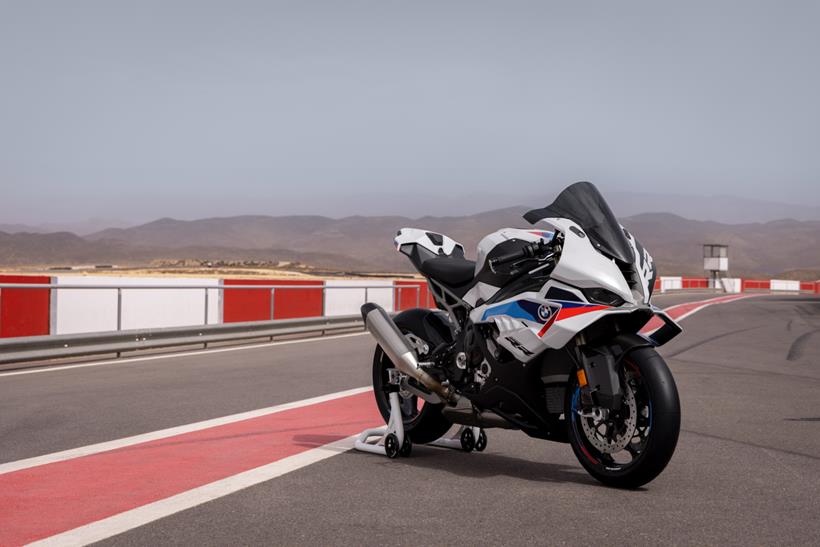
These new ‘Pro’ settings allow for additional adjustability, including two new throttle map settings to choose from, configurable anti-wheelie control, and three different levels of engine braking intervention. Hill hold control joins the lineup too.
The ABS system is similarly advanced, with five adjustable levels in the Race Pro modes and a slick tyre setting designed for track use. Adding to the safety net is the Dynamic Brake Control (DBC) too, which prevents unintended acceleration during hard braking, ensuring a stable stop.
